Coöperatie Hoogstraten turns 90 this year. A year in which, due to the energy crisis, this Belgian cooperative experienced one of its most challenging winters ever. That is also why this milestone was not celebrated too grandly. Still, they are very confident about the future and are already looking toward their 100th anniversary. "I'm sure we'll still have the right to exist and can offer added value to our affiliated companies," begins Jan Engelen.
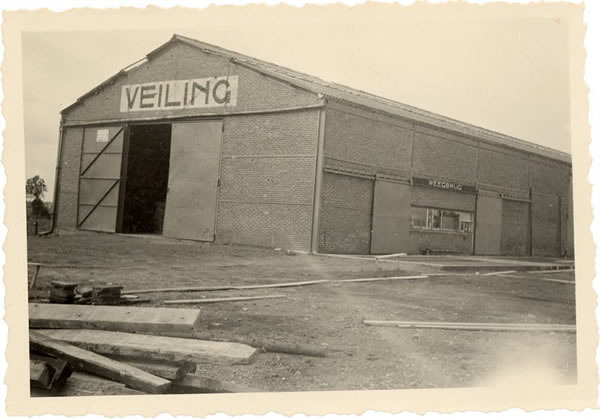
The cooperative's origins go back to 1933, and it is rooted in Belguim's neighbor, the Netherlands. "Coöperatie Hoogstraten's founding principles are Dutch. At the time, Belgium didn't have such a cooperative model, so much of the country's produce went to the Netherlands."
"Several people from the region, thus, put their heads together to implement a similar system in Belgium. So, following the Dutch model's example, the oldest Belgian cooperative was created. After which, of course, many others followed our example," says Jan.
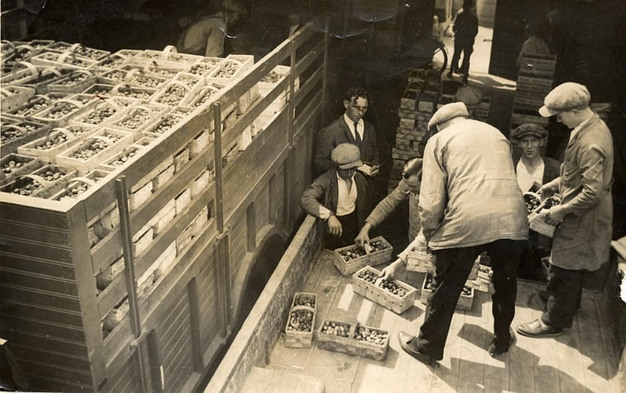
"The regional growers were keen right away. It was, obviously, geographically easier for them. In the early years, most of the affiliated growers had mixed farms or farmed on the side. That base easily had thousands of growers. Our Noorderkempen region was divided into several regions, each of which, in turn, had responsibilities."
"Those in charge were in contact with the cooperative. They were kind of intermediaries between the farms and the cooperative. You can imagine how much organization that took, but it was successful. In the years that followed, we slowly but surely increasingly professionalized. The result is some 180 growers with a multitude of acreage and products," Jan continues.
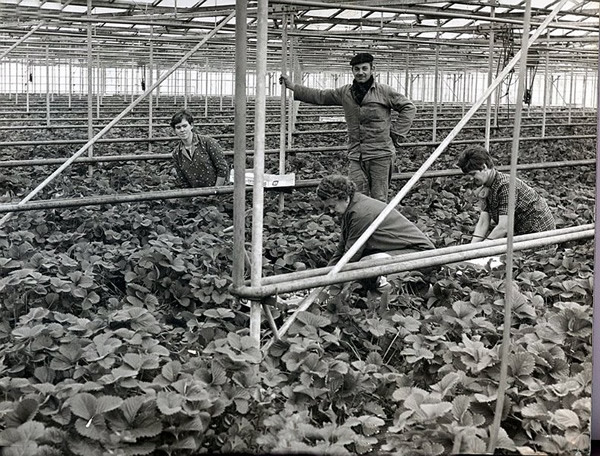
Strawberries, tomatoes, and bell peppers
Yet, years later, the cooperative still focuses on and specializes in a select few products. "Our region has always had a certain focus. That wasn't necessarily a deliberate decision; it was a confluence of circumstances. Back then, farming was all done in the ground, and the region has sandy soil. That means certain crops grow better than others."
"The choice, therefore, soon fell on, for example, tomatoes, bell peppers, and strawberries. In the 90 years since we began specializing in those, and now we do. That's partly due to solid cooperation with Proefcentrum Hoogstraten. That's what truly made the sector and our crops evolve to where they are today," says Engelen.
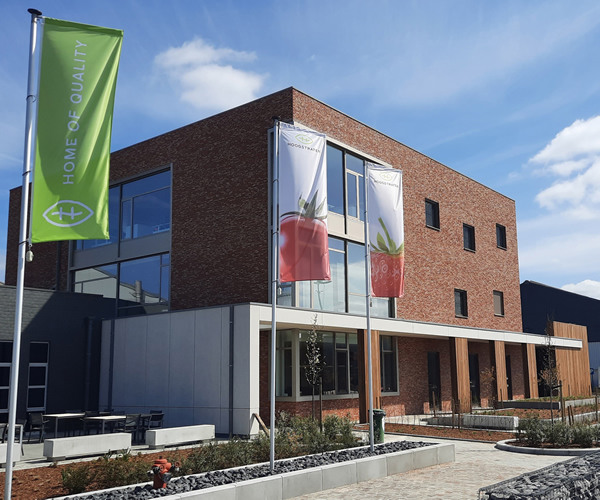
Pickle cucumbers
These three groups have, however, not always formed the product base. There are several smaller crops too. "Over the years, some crops that suited the region very well, but some have disappeared. Like pickle cucumbers. That was a huge crop for the cooperative and one for which Coöperatie Hoogstraten was long known."
"Special machines were developed for sorting and packaging. But that's gradually disappeared. First to Eastern Europe and then to China, which greatly concerned our growers. Yet, it also immediately showed their resilience because they quickly switched to other crops," Jan states.
"Tomato, bell pepper, and strawberry cultivation, thus, increasingly developed and evolved significantly. We moved from ground to above-ground cultivation, which brought along the necessary investments. Think of building the many greenhouses in Belgium, but also the year-round crop production through lighting in the last ten years."
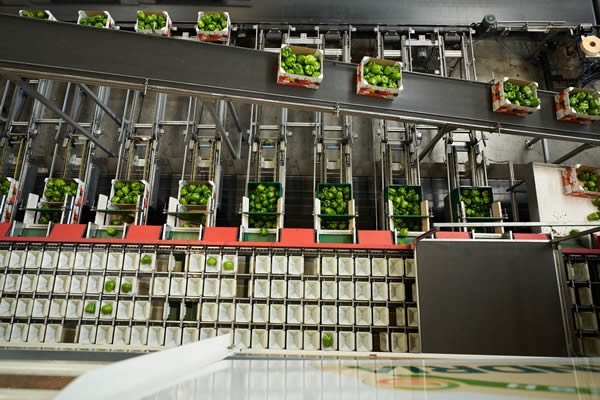
Structure
In this way, the cooperative has reached many milestones over the years. From the first digitization with the purchase of the first computer and administration centralization in 1967 to the start of simultaneous auction sales in 1983 to the final name change to Coöperatie Hoogstraten in 2016. "The cooperative' structure is the one thing that's remained a constant throughout the years," Jan points out.
"We have a general assembly where the growers gather. These are held once a year to present the annual report. Also, if needed, board members are delegated. Those are growers who then determine the policy along with management. That's not changed in all these years. That's the crux of cooperative thinking. Every member has an equal vote, whether they have 100 or one hectare."
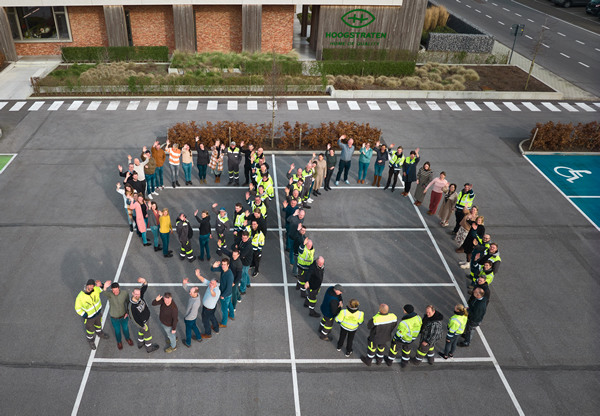
Resilience
But Coöperatie Hoogstraten has faced its share of challenges over the years, too, says Jan. "Of course we have. When pickle cucumber cultivation disappeared, there were considerable concerns about what to do next. There are many more examples, but as I said, it shows the cooperative and the regional growers' tremendous resilience. You learn lessons from such things and then look for new opportunities," he says.
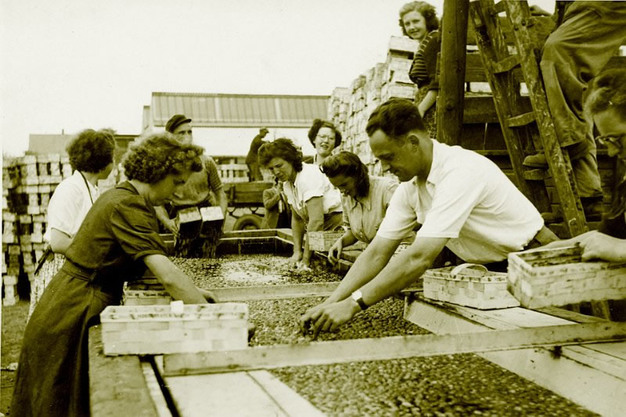
It is through that lens that Jan looks at perhaps one of the cooperative's toughest times - the recent pandemic and the subsequent energy crisis. "It's not been an easy road, but it's taught us to keep getting up and keep going. These days our main business is greenhouse cultivation, which is massively dependent on electricity. Then when production comes to an almost complete standstill, you start evaluating and orienting how to do things differently if something similar happens again."
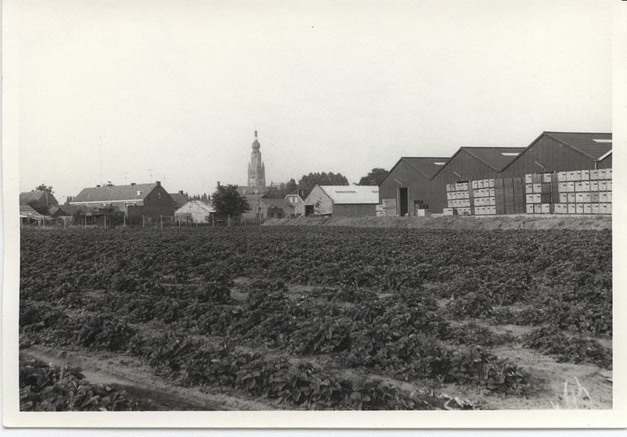
Extra production
"Nonetheless, we're sure this energy crisis-induced downturn is temporary. A lot of our growers will cultivate under lights next winter. But we obviously want to continue expanding. Statistics show our sales have doubled every decade in the last 30 years. That's not a goal, as such, it's a fact. If we want to accomplish that again, we'll have to reach €600 million by 2030. That's tough, especially given that our expansion has been organic from within our ranks. We've not merged or acquired growers," states Jan.
"So, if we want to keep growing, we'll have to figure out how to make that happen. Then you quickly end up with additional productions. Expansion opportunities are scarce in Belgium, so we have to consider existing businesses that might want to join us. The Netherlands is also a good avenue to explore. We're closer to the Netherlands than to the center of Belgium. That bond with Dutch growers and crops, also historically, has always been powerful. We believe there's a bright future for us there as well."
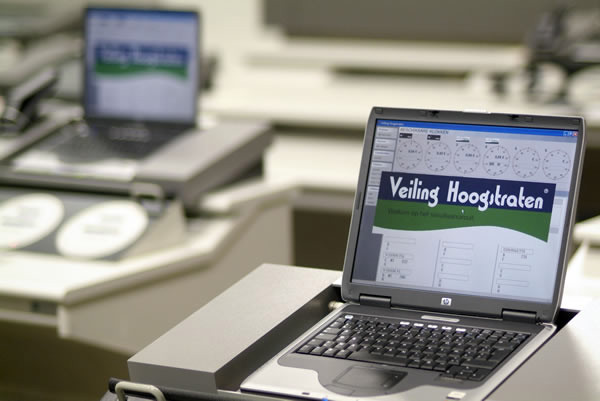
Added value
Jan is extremely optimistic about the future. While cooperatives struggle in many countries, the model is alive and well in Belgium. "People often ask me whether cooperatives have a future; our grower base also, after all, includes large companies. Then the link is often made to how long such businesses want to remain active within a cooperative. We're convinced that when cooperatives move with the times, they can still be of added value to such companies," he explains.
"We've always kept developing the services we can offer our growers and the things they need. And when I see what we can do for individual businesses, I think we still have more than a right to exist. From quality control to sales, marketing, certification, and representation in interest groups, including at the European level."
"If a company has to do all that itself, it becomes quite challenging, even for the large ones. We believe being able to outsource those things remains an added value. That will ensure we'll soon be able to celebrate our 100th anniversary in the greatest way possible," Jan concludes.
For more information: Jan Engelen
Jan Engelen
Coöperatie Hoogstraten
59 Loenhoutseweg, 2320
Hoogstraten, Belgium
Tel.: +32 (0) 334 00 211
Email: info@hoogstraten.eu
www.hoogstraten.eu
